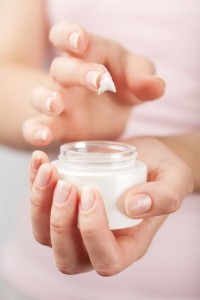 1. It pays to prep. Sunscreen builds up in your stratum corneum (the outermost layer of the skin), so if you apply it daily for three weeks before a beach vacation, you’ll be less likely to burn.
1. It pays to prep. Sunscreen builds up in your stratum corneum (the outermost layer of the skin), so if you apply it daily for three weeks before a beach vacation, you’ll be less likely to burn.
2. Some areas need more sunscreen. The areas where the rims of your sunglasses hit your checks are particularly prone to sunburn because the sunglasses reflect light. So are the highest points on your face (your cheekbones and nose). Your nose is especially vulnerable and one of the most common areas for nonmelanoma skin cancers. Sunscreens also breakdown fastest on oily skin, so reapply frequently.
3. Some SPFs are harder to wash off. Water and sweat-resistant sunscreens work because they adhere to the skin. However, this can also make it trickier to wash wash off without leaving behind a residue that can ultimately clog pores and lead to breakouts. Thoroughly cleanse skin by using a gentle scrub with micro beads, like NIA24 Physical Cleansing Scrub, and a cleansing brush, like Clarisonic Mia 2 Deep Pore Detoxifying brush.
4. Your sunscreen already works well, but it could work even better. Apply an antioxidant serum first to help neutralize free radicals that get through your sunscreen before they can damage your skin. We like SkinCeuticals Phloretin CF, Exuviance Antioxidant Perfect 10 Serum, and NeoStrata Antioxidant Defense Serum—or switch to a sunscreen that contains antioxidants like Topix Replenix Antioxidant Sunscreen Moisturizer SPF 50+.



